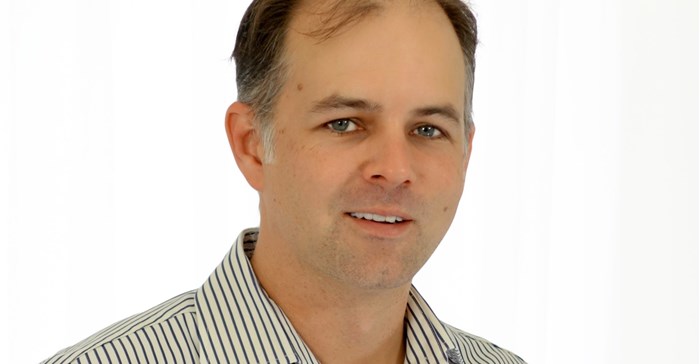Marketing & Media trends
Industry trends
BizTrends Sponsors
#BizTrends2017: Instant gratification is not limited to information

More and more prototyping will be done with 3D printers and although probably not a trend in packaging, 3D printing will eliminate packaging where the finished item is 3D printed on demand.
Customisation in FMCG
Technology enables innovation and customisation like never before. Deloitte’s 2015 American Pantry Study identifies ‘Customisation and Personalisation’ as one of their key consumer trends.
Coke’s recent #shareaCoke campaign was a huge success and it demonstrates clearly that brands are looking for ways to appeal to their customers’ sense of individuality.
Green, greener, greenest
Consumers are increasingly interested in the ‘green’ credentials of a product and terms like recyclability and carbon footprint are top-of-mind, and brands try to differentiate through this. Coke’s ‘plant bottle’ concept made from BioPET, is a case in point. BioPET is chemically identical to normal PET, but the MEG (monoethylene glycol) is produced from organically produced Ethanol.
Boxmore produces the pre-forms for Coke’s leading water brand Valpre from BioPET made by HOSAF, but BioPET is just the beginning. Coke wants to develop 100% organic based polymers to replace PET in the longer term and the technology to do so is already available, although still on a small scale.
Fastest growing packaging Format
Euromonitor reports that in Western Europe, shelf appeal and recyclability of PET is helping the polymer gain share from other plastics (and glass). It claims that PET is the fastest growing packaging format; one of the trends we also see in Southern Africa.
PET gains share in personal care
PET and ISBM is gaining share from HD / PP and EBM due to a combination of factors; shelf appeal, transparency, cost, recyclability and waste.
One of the reasons Euromonitor gives to explain this growth in PET is due to its perceived recyclability. We also believe that PET is gaining share for simpler reasons; it looks great and more recently has become more cost-effective than HDPE. Developments in PET bottle blowing technology is also enabling the use of PET for more applications that were previously the preserve of other materials.
Growing share in pharmaceuticals
PET is gaining share in pharmaceutical packaging both from glass and PVC. Although conversion from either existing format is a slow process, with some products requiring two years of compatibility testing, the benefits of PET are starting to win over glass in particular.
The Neurofen bottle is a great example of how one can step change packaging design. From a traditional glass bottle, GSK introduced a PET bottle, child-resistant closure and an innovative syringe dosing system that connects to an insert in the bottle neck. For anyone that has dropped a bottle of medicine in a glass bottle or tried to dose a sick child with a spoon in the middle of the night, this is an example of real packaging innovation that changes the game.
Although most of the growth in PET is coming from glass, we continue to see PVC shrink as a medium of choice in the FMCG space. Already a number of global brands and retailers have put a blanket ban on the use of PVC and this together with the cost and inherent inefficiency of extrusion blow-moulding that is driving products from PVC to PET.
PET changes the rules in alcohol
Smirnoff has set the standard for migrating spirits from glass to PET and now other brands are beginning to follow. But, the transition from glass to PET is nothing new. If we think back to the late 90’s, the growth in the use of PET was primarily as a result of PET replacing glass in the softdrinks industry. And in parts of Africa this conversion continues as new PET lines replace glass lines across the continent. But PET is also changing the game in other beverage categories.
Boxmore worked with Diageo to convert Smirnoff 1818 from glass to PET. Although initially some had concerns about how the market would react to a PET bottle, the success of the project is a clear demonstration that PET can be used to produce a premium solution for leading brands.










